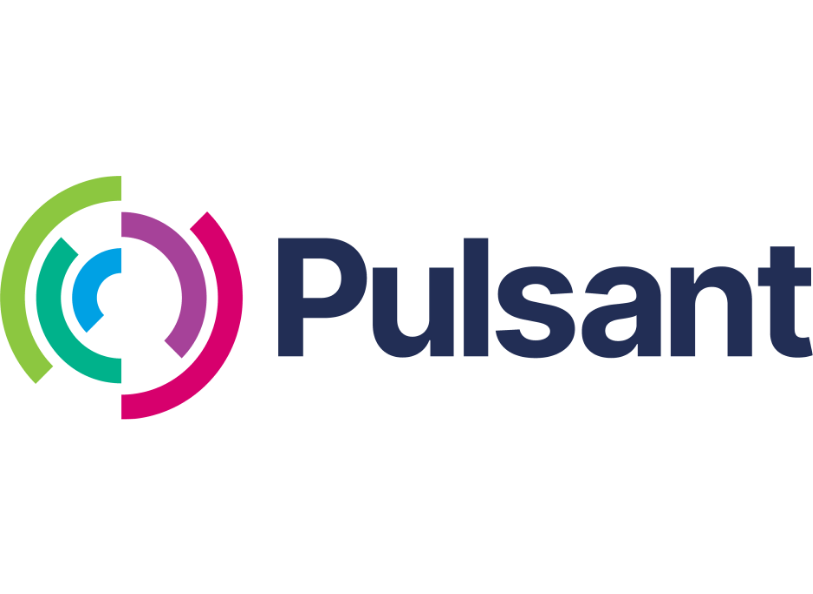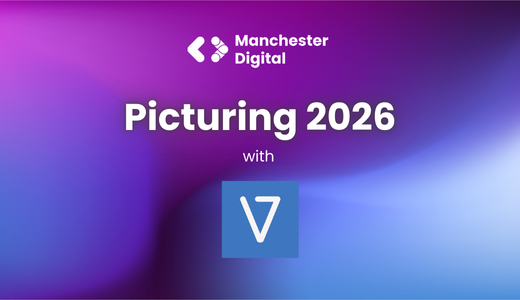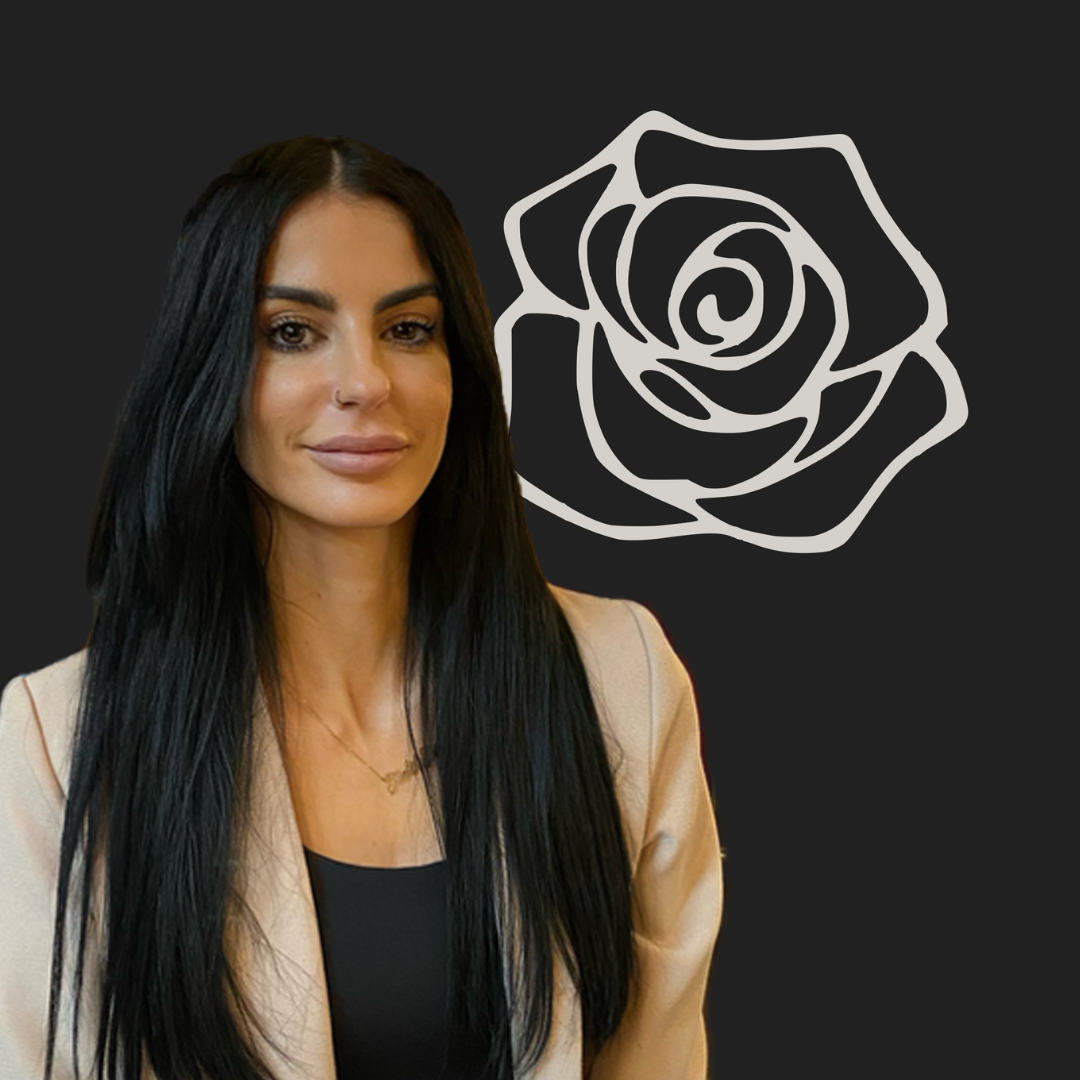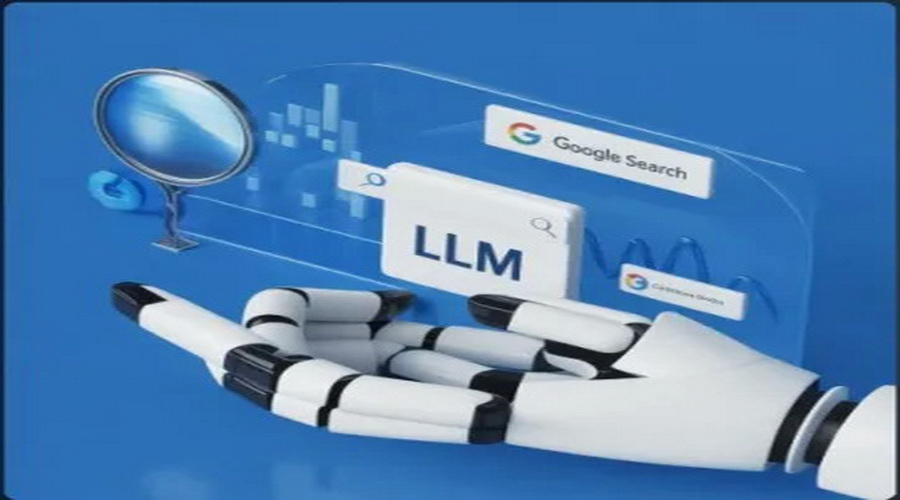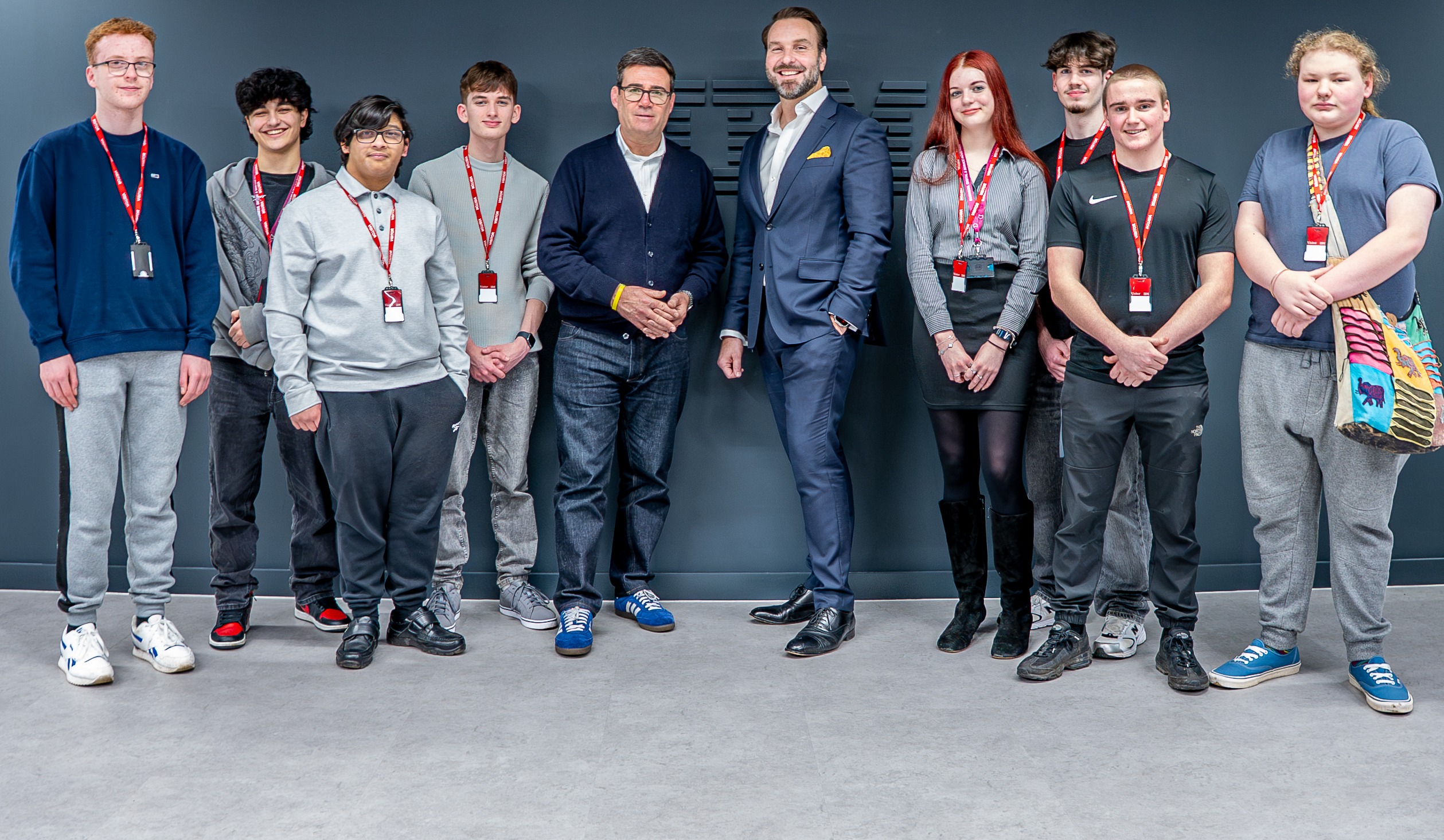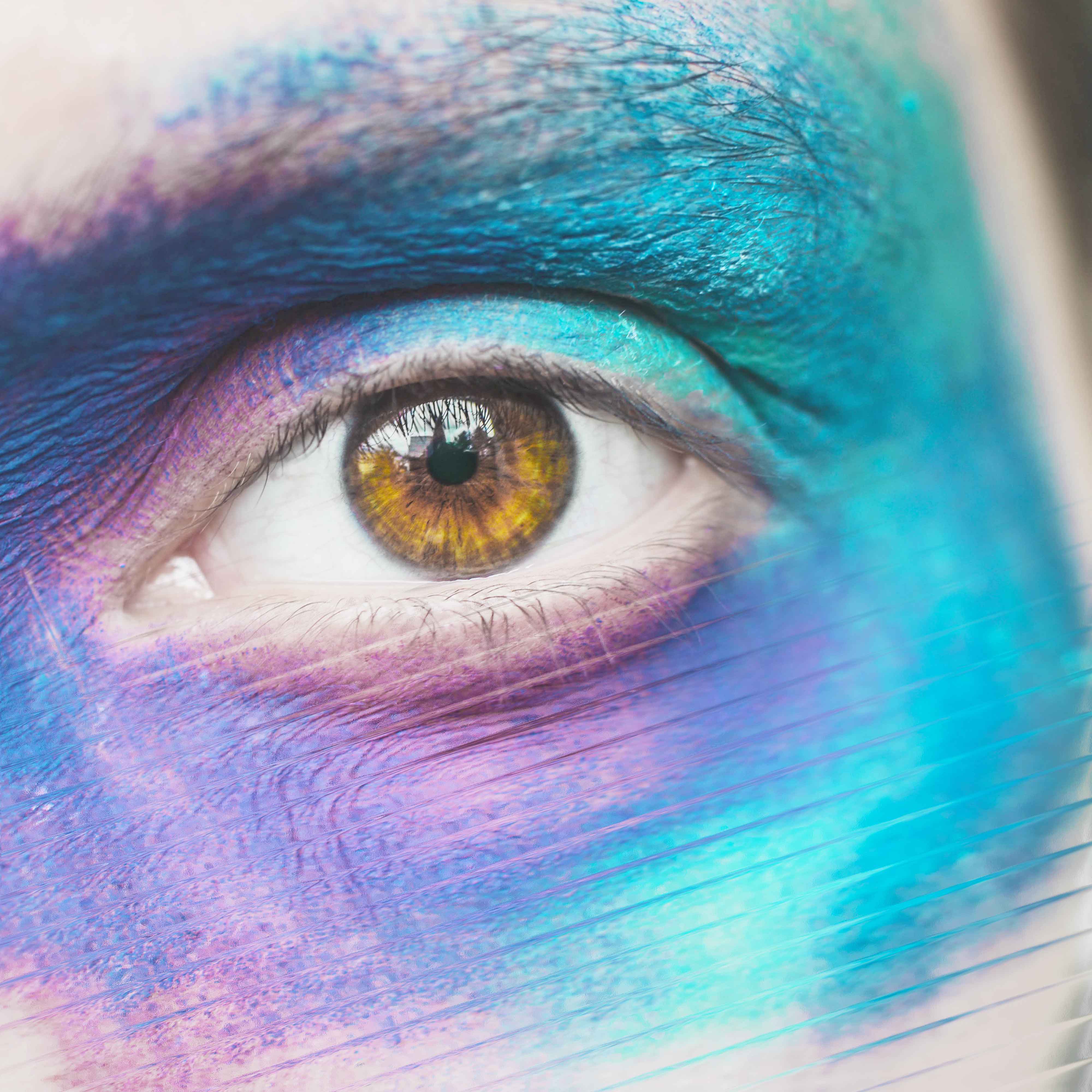
Content writer Lindsey Russell had some insightful thoughts on this following our webinar exploring the psychology of colour in branding (which you can watch here). We decided to build on this and write an in-depth piece on this topic with some examples.
So. Which comes first?
Is a tone of voice built out from the ‘vibe’ of a brand, led by its colour palette? Or is a colour chosen based on the tone of the brand? Let’s have a look at some well-known brands as examples.
Estrid
If you haven’t heard of Estrid, it’s a company that sells razors, waxing strips and body care products. But, they’re all about doing good. Saying that you don’t need to shave, and you should only do it if you want to, rather than feeling the societal pressure to do so.
Their brand voice is very friendly. Calm. Kind. Laid-back. Here are some excerpts from the website:
- So here it is – the softest, fluffiest, loveliest little trio your skin could ever dream of.
- Your body, your hair, your control. Cancel the subscription at any time, no strings attached.
- Oh, and our office is very cute.
Sounds like a girlfriend talking to you over an iced latte on a picnic blanket in the middle of summer, right? So… it makes sense that their brand colours are all soft pastels.




Moving on to LIDL.
LIDL’s tone of voice and brand colours match perfectly, in my opinion.
The three primary colours are coupled with very basic language. Copy like “Big savings, no fuss. That’s LIDL plus.” is simple, straightforward, and gets right to the point. The short, snappy sentence structure feels right for a brand with low prices at the forefront of its offering. Compare that language with that of Marks and Spencer with language such as: “Indulge in some high-quality food and wine from our tempting collection. From alcohol to cakes and hampers filled with savoury goods, there’s plenty to whet your appetite here” and you feel the simplicity in their language.
Rare use of adjectives, storytelling or fancy words, there’s no messing around with LIDL’s language. Examples from across their website include:
- We’re so Big on freshness that if you’re not happy, we’ll give you your money back. Easy-peasy, lemon-squeezy.
- Download Lidl Plus for our latest coupons and offers.
- At Lidl, we’re as excited about the return of summer as a flock of seagulls over a bag of chips
So, when it comes to brand colours, you’d expect LIDL to use very basic colours to match this language. Or the other way around. And they do – at the simplest level. The three primary colours are used in the logo, and across its brand assets. In their adverts, they stay colourful, adding in other bright and playful colours to the palette.




Let’s take a look at Cadbury.
As with all of these brands, there’s a lot more that influences both the colour palette and the tone of voice. We’re comparing how the two compliment each other, but by no means are they the only two brand elements that need to align. Brand positioning, the product type, price point, and more all influence a brand’s tone of voice and colour palette.
Cadbury has a rich history, and prides itself on being one of life’s luxuries. Smooth milk chocolate is at the heart of its most popular brand, Dairy Milk. The Dairy Milk brand has been purple since 1920, having previously been pale mauve with red script until then.
Purple represents luxury, royalty, spirituality and wisdom. Does their language reflect that?
For me personally, I don’t think this one is as straightforward. The way Cadbury communicates in its adverts is very fun, silly and down-to-earth. The messaging “there’s a glass and a half in everyone” promotes inclusivity, accessibility to the masses (its target audience) and a sense of humanity and being real. This would usually be associated with bright yellow, or the primary colours as used in Aldi and Lidl’s branding.
Although, there is a sophistication in Cadbury’s adverts in the way that there’s never any pushy sales tactics, just one key story. Whether that’s kids wriggling their eyebrows, a gorilla playing the drums, a dad giving a bar to his daughter, or a little girl buying one for her mum. In this sense, purple is fitting as it’s classy. The lack of language could be seen as sophisticated in itself.
On the website, we see their tone of voice to be very simplistic and again, accessible. Much like you would see on Lidl’s website, it’s to the point. Not necessarily screaming luxury or royalty. Some examples include:
- Fruits. Nuts. And what you’re really here for.
- Sorry, the winning eggs you can’t eat are back. How will you not eat yours?
On this occasion, the other brand assets fit together well. The values and the ad campaigns. The colour and the history of the brand. The tone and the price point and main audience. But the colour palette and tone of voice don’t necessarily compliment each other in the usual way you may expect them to. Cadbury is one of the world’s most successful brands, so it’s clear the two can go against stereotypical norms to make a great brand.

Dove
Dove wants to redefine beauty standards and help everyone experience beauty and body image positively. Their mission is to make a positive experience of beauty accessible to all women.
Their brand colours are white, gold and royal blue. Let’s look at what these colours traditionally represent:
- White is a symbol of peace and purity, humility, innocence, perfection, the good, honesty, and cleanliness.
- Blue often symbolises serenity, stability, inspiration, or wisdom.
- Gold often represents generosity and compassion, as well as being synonymous with divinity and power.
Dove’s tone of voice is friendly, supportive, and inspiring. They want women to feel confident and empowered, and they genuinely care about boosting women’s self-esteem. Their goal is to help women celebrate their true and authentic selves through the way they communicate visually and verbally.

Here are some examples of this friendly and supportive writing style across their website:
- When it comes to your body, love the one you’re with
- We know there’s no right or wrong way to be a parent – only your way.
- Every body is beautiful
- Cracking compliments: teach your child how to take a compliment
- Hello beautiful
The kindness and compassion shines through the empowering language as well as the soft tone and short, simple sentence structure. I’d say this is a perfect example of tone of voice and colour palettes working in harmony.




In summary
Colour and tone of voice are usually pretty well matched. Although, it depends what your personal associations are with each colour. Across cultures and countries, colours mean completely different things.
Things like values, brand positioning, audience and price point also play a part in how your brand might look or sound – it’s about everything coming together to form a strong brand.
Struggling with your own tone of voice or colour palette? Get in touch to book a session with one of the team to discuss your brand today.
Get in touch
